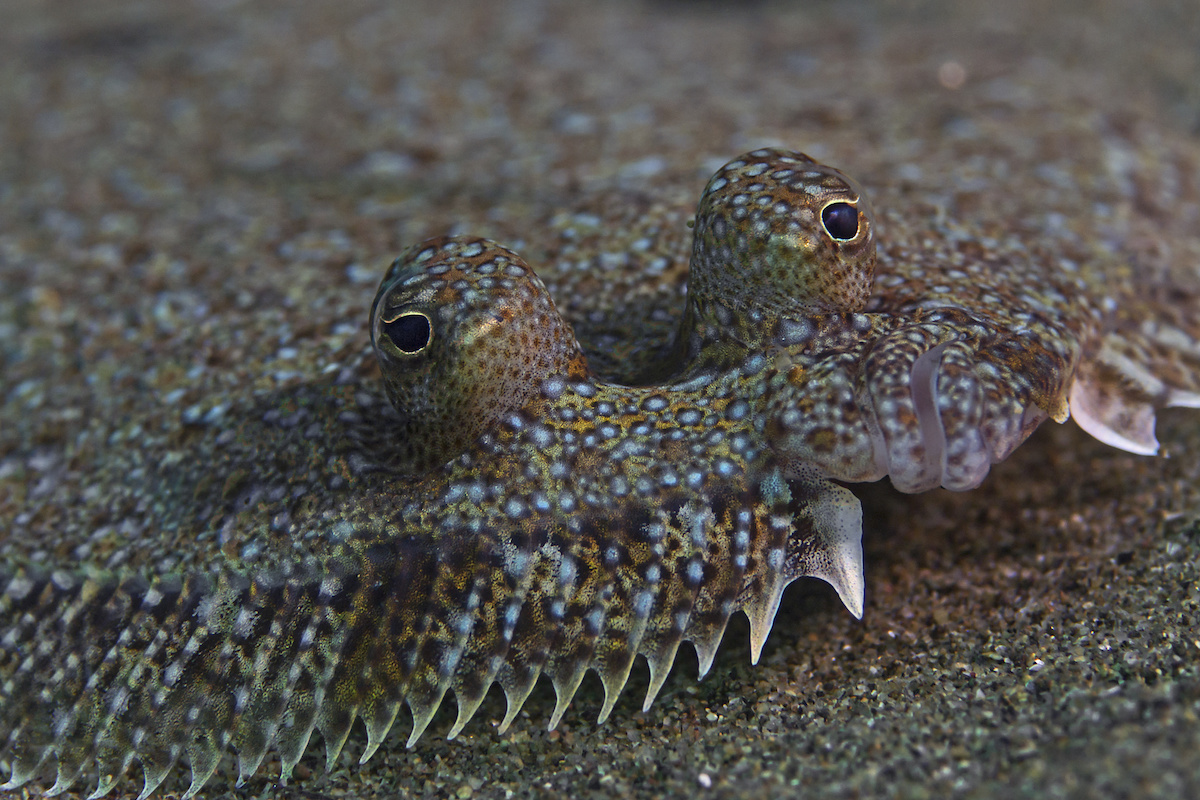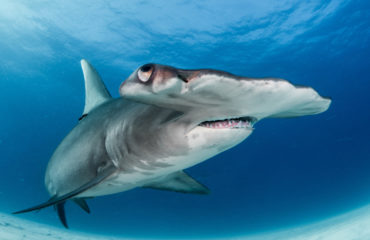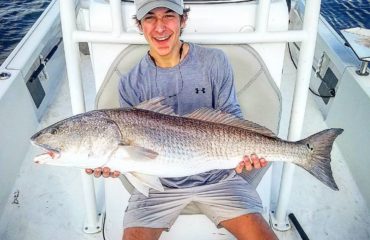Did you know that when flounder are hatched they have one eye on each side of its head? As they grow one eye moves until they have both eyes on the same side of the head. Do you know why? Wikipedia explains “as an adult, a flounder changes its habits and camouflages itself by lying on the bottom of the ocean floor as protection against predators. As a result, the eyes are then on the side which faces up. The side to which the eyes migrate is dependent on the species type”.
Flounder is at the top of most inshore fishermen and their families. A bonus to catching flounder is that they are one of the best tasting fish to eat. So, get ready to try your best recipes with flounder. Here’s some information all about this popular tasty fish:
Flounder
Flounders are carnivorous and highly predatory animals. Flounders are a group of flatfish species. They are demersal fish, found at the bottom of oceans around the world.
Flounder Types
There are four species of flounder found in the oceans. In the Atlantic Ocean, you’ll find the summer flounder, the winter flounder and the southern flounder. In the colder waters around Northern Europe, you’ll find, of course, the European flounder.
Appearance
Rounded flattened body shape with a medium-sized flat tail fin often with colored spots.
Season
If you know where to fish for them, you can catch flounder year-round in South Carolina. Estuaries hold a flounder’s interest during spring, summer and early fall. Then, in late fall through the winter, all the fish travel downstream to inlets before they head offshore to spawn typically after the first cold front.
Where
Flounder are typically bottom feeders. They like to sit near structures such as sandbars, channel edges, pilings of docks, bridges and piers, and oyster reefs. Check out inlets and the jetties throughout the fall and winter.
Size and Life Span
Average size is 16 – 20” and 2 – 3 lbs. Maximum size is up to 20 lbs. They live between 3 and 10 years.
Tackle
A good starting point is a light or medium reel capable of 10-to-12-pound line, tied to a 20- pound leader. Think light. You’ll want to use a light simple rod so you can feel the bites. Flounder just grab the bait half way in their mouth. You might feel a tap and then you have 5-to-10 seconds before setting the hook.
Bait
Mud minnow, fish and crustaceans call a flounder. Some other baits that work well too include finger mullet and shrimp, followed by others such as menhaden, sardines, and pinfish.
Get your family together and Book your next fishing charter today!
Step on board with All In One Charters; Charleston’s top inshore fishing charter company. We specialize in customized inshore fishing charters; as well as nearshore, and offshore fishing. Join Capt. Ronnie for an action-packed day of saltwater fishing, exploring Charleston’s endless inshore waterways in search of top species like Red Drum, Trout, Flounder, Black Drum, and Sheepshead, as well as the chance of some exciting battles against big Bull Reds, or Hammerhead Sharks for some added adrenaline. Book your fishing charter today or call at 843-330-3272.



